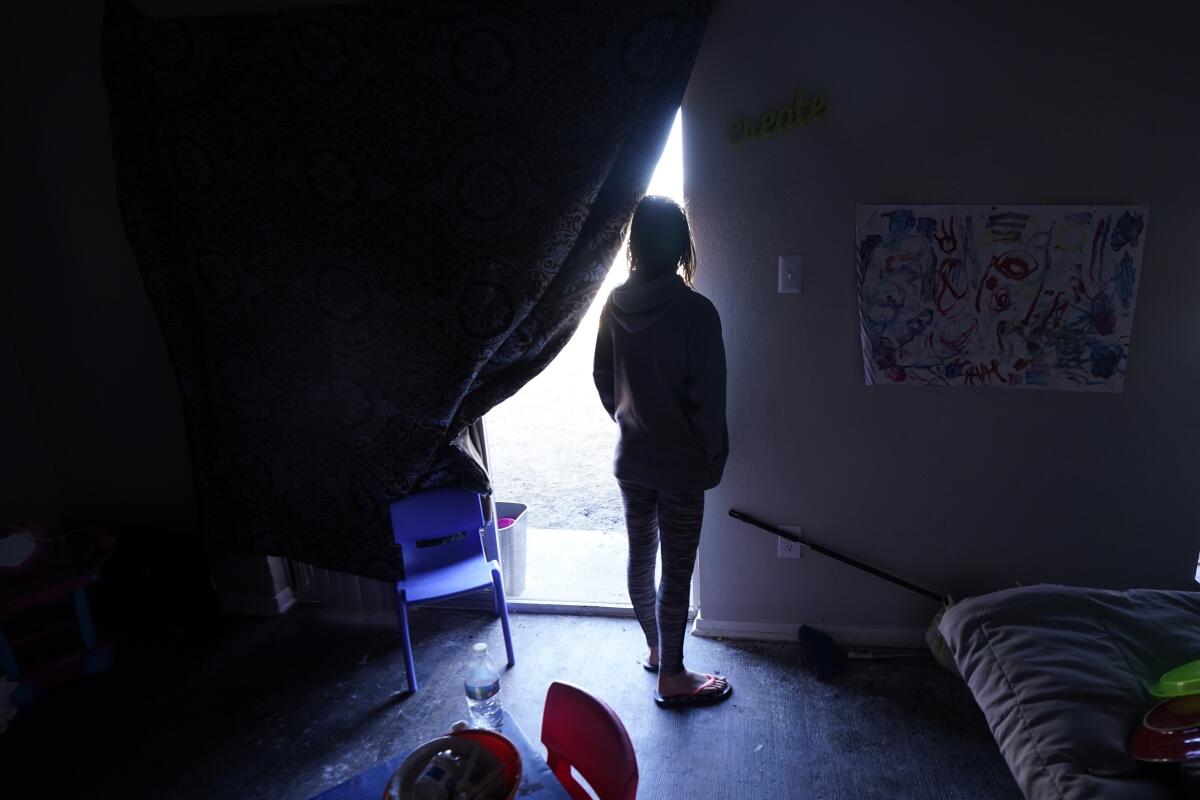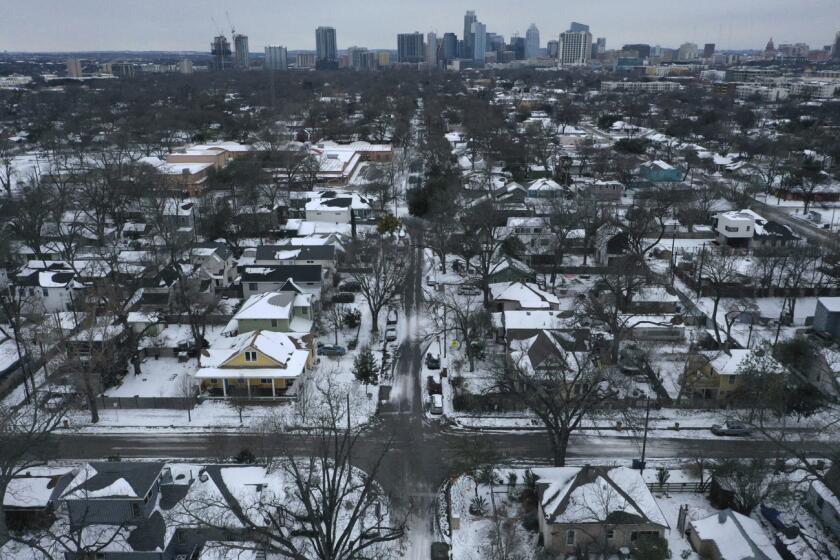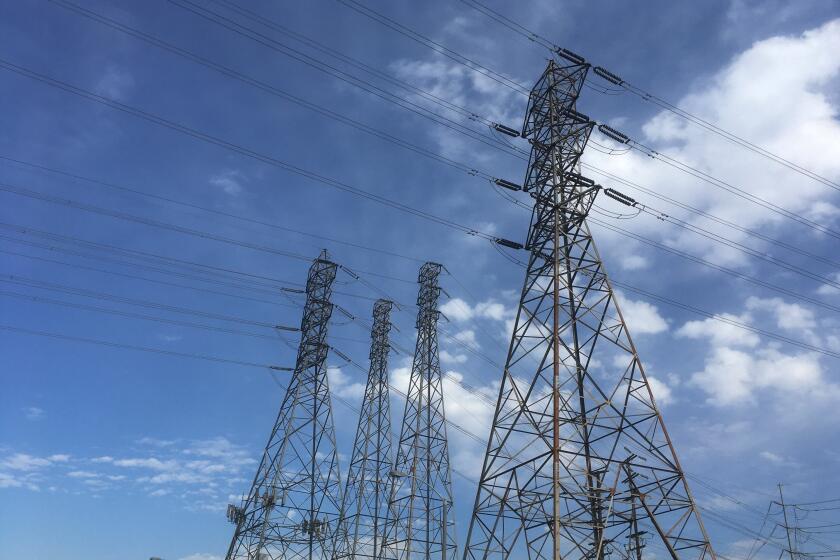More than 100 people died in Texas in February storm and power outages

- Share via
AUSTIN, Texas — Texas officials have raised the death toll from last month’s winter storm and blackouts to at least 111 people — nearly doubling the initial count.
The frigid weather was also blamed for dozens more deaths across other Southern states, including Arkansas, Oklahoma, Tennessee, Kentucky and Alabama.
The majority of the Texas deaths are associated with hypothermia, according to the Texas Department of State Health Services. And the dramatic number of new victims is still a potential undercount, as officials continue investigating deaths that happened around the time the storm knocked out power to more than 4 million customers in the state in one of the worst power outages in U.S. history.
Many homes went without electricity or potable water for days after subfreezing temperatures, failing power plants and record demand for heat pushed Texas’ electric grid to the breaking point.
Texas officials earlier this month put the initial tally of deaths at 57 but warned it would increase. The toll now officially exceeds that of Hurricane Harvey in 2017, which was blamed for 68 deaths in Texas.
The list of victims from the February snowstorm span the state of 30 million people. Some fatalities occurred nearly as far north as Oklahoma while others were close to the U.S.-Mexico border. State officials said the causes of “multiple deaths” included motor vehicle accidents, carbon monoxide poisoning, medical equipment failures, exacerbation of chronic illness, lack of home oxygen, falls and fire.
Power outages in Texas and other states are exposing weaknesses in an electricity system designed when seasonal shifts were more predictable.
The most confirmed deaths occurred around Houston, where Harris County officials have reported at least 31 victims.
Among them was Gilbert Rivera, 60, who told relatives after the power went out in his garage apartment that he was cold but staying bundled up. Rivera, who had worked for about two decades as a custodian, had a learning disability but reveled in his independence and chose to live on his own.
Lawrence Ibarra, his 44-year-old nephew, said that, after being unable to reach Rivera for 24 hours, his father went out on Houston’s treacherously icy and snowy roads to check on him. When he arrived at Rivera’s apartment, he found his brother bundled up and dead on the floor.
Ibarra said his father told him: “I think he froze to death.”
The state recently experienced four of its five hottest August days in the last 35 years — and its power grid wasn’t prepared.
The autopsy determined the cause of death was hypothermia, which occurs when one’s body loses heat faster than it can produce it.
Ibarra noted that the temperature in his own house —which also lost power— had dropped to 37 degrees.
Rivera’s family is among dozens who have filed lawsuits against electricity providers and the state’s power grid, the Electric Reliability Council of Texas, or ERCOT. The disaster led to a congressional investigation and the ouster of ERCOT CEO Bill Magness.
Next week, the Texas House is expected to vote on a legislative package in response to the storm, including efforts to winterize power plants. On Thursday, ERCOT announced that projections show a “low risk” for blackouts during Texas’ sweltering summer months, when demand on the system is typically highest.
More to Read
Sign up for Essential California
The most important California stories and recommendations in your inbox every morning.
You may occasionally receive promotional content from the Los Angeles Times.















